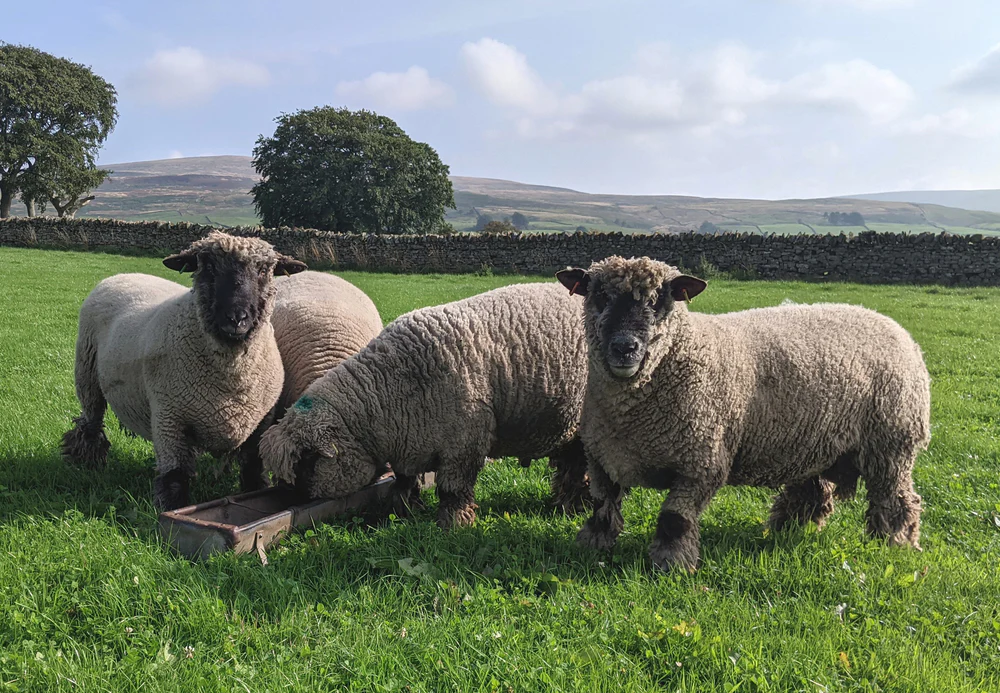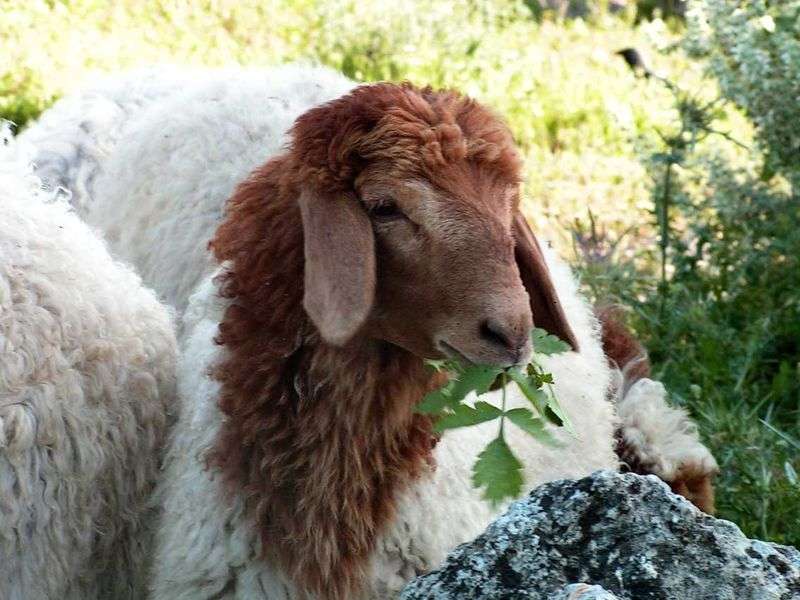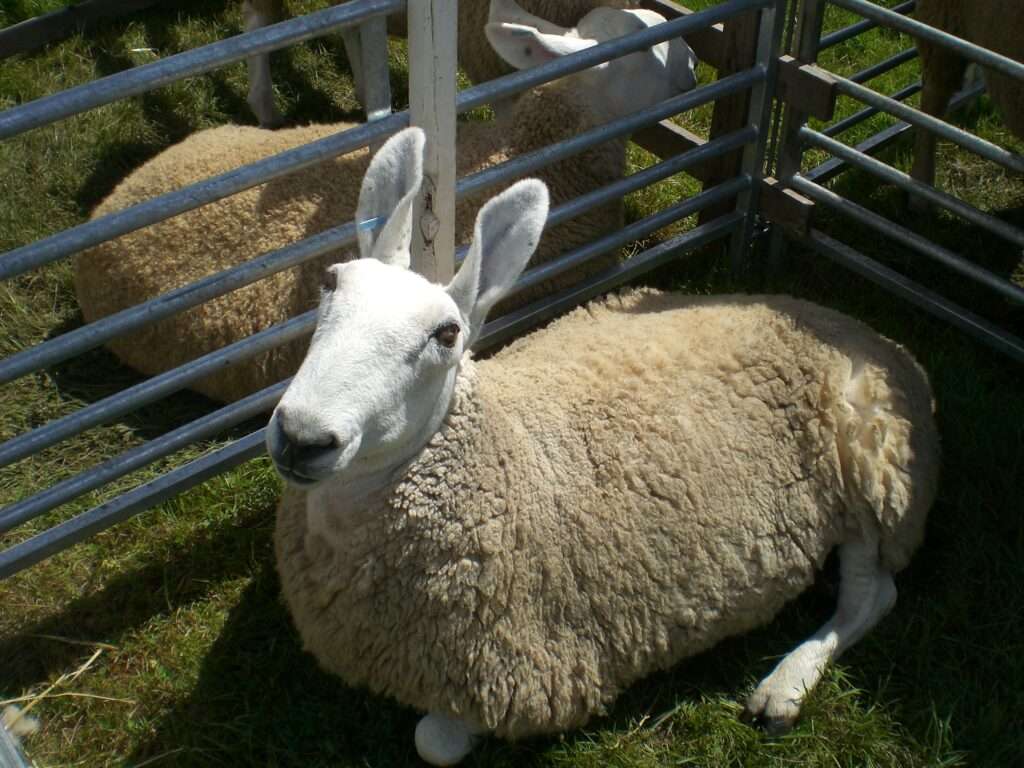
Size
65- 106 kg.
Color
Several shades of brown or gray.
Physical Appearance
Polled. skin tone is brown turbinates. Wool on the cheeks and poll. Short, Down-style fleece. Legs with wool. Black paws.

Characteristics and Genetics
The Cotswold and an ancestor of the Hampshire were crossed to create an English breed in the 1830s, and the offspring from these crossbreeds served as the foundation for the modern bred. In 1906, it made its debut in New Zealand but failed to spark any attention before going extinct. In the 1980s, it was reintroduced, and in 1990, it was allowed to leave quarantine. Due of its thick fleece, the Oxford distinguishes out among meat breeds for many shepherds. All Down breeds have thicker fleece, but Oxfords have the thickest. One of the most widely used breeds in the UK for meat production, Oxfords are regarded as a valuable breed to combine with commercial ewes.
Uses
Oxford Meat sheep breeds include down sheep. It is primarily grown to produce meat.
Special Statements
- The Oxford Down sheep are sturdy and gorgeous creatures. They can thrive in a variety of climatic settings and are highly suited to a variety of feeding regimes.
- For the production of market lambs, they are regarded as a very valued breed. The ewes are quite productive, and lambing rates of about 150 percent are not unusual.
- The Oxford Down is a very good feeder, thrives on a plentiful quantity of feed, and is especially skilled at consuming a lot of hay and pasture.
Table





